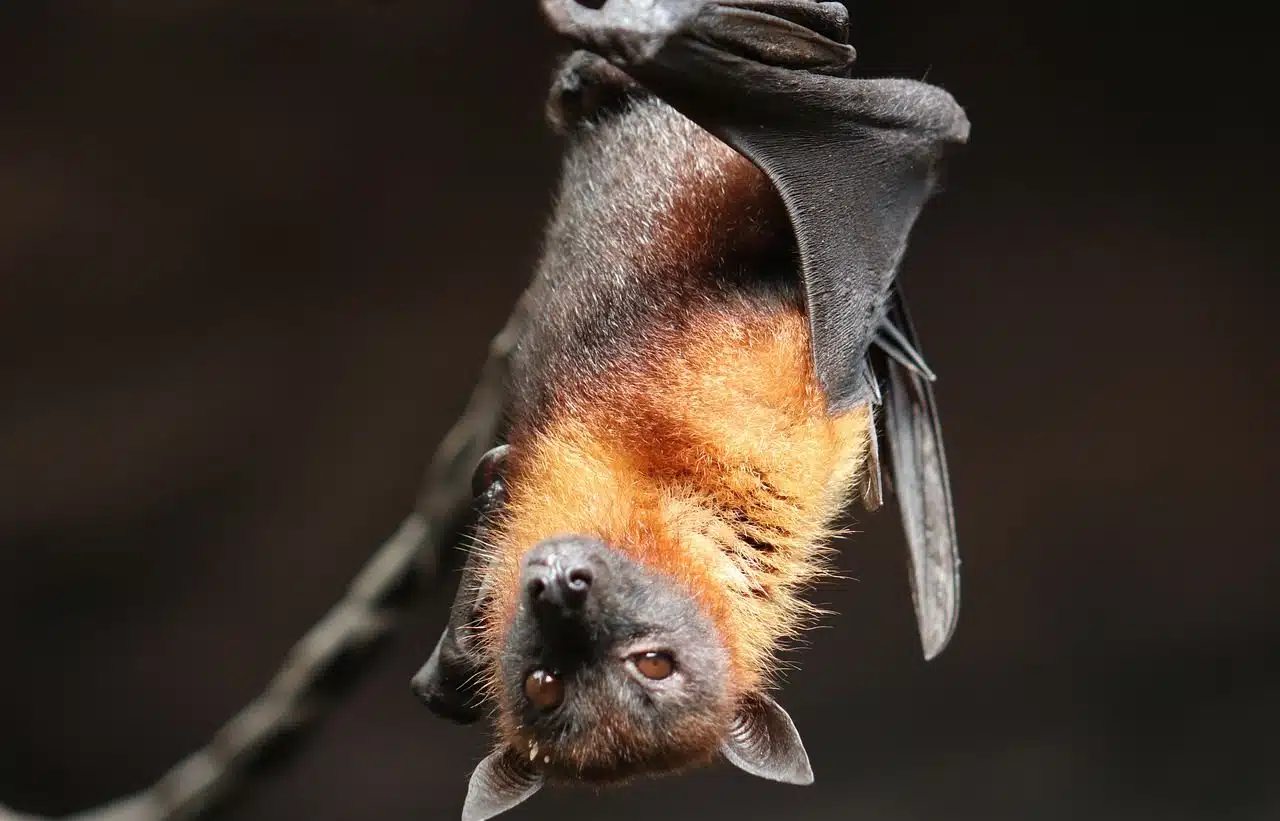
The bat is a flying mammal.
A bat is a mammalian animal that belongs to the order Chiroptera . These nocturnal beings are winged and have the peculiarity of sleeping head down, holding the tree branches with their claws.
The etymological origin of the term has brought with it various theories and speculations. However, one of those that is considered most accurate is the one that establishes that it derives from Latin and means "blind mouse" , since it was created from the sum of the following words: mus , which is synonymous with mouse; and caecus , which is equivalent to blind.
Characteristics of bats
More than a thousand species of bats have been recognized. The vast majority of them feed on insects , although some can also eat birds, rodents or frogs. In addition, there are three species that make up the group of vampire bats that feed on the blood they absorb from other animals.
Many bat species use echolocation to orient themselves. Thanks to this ability, the bat emits a sound and then interprets the echoes that are produced when the sound impacts things in the environment.

Bats are often part of horror stories.
His link with the human being
The relationship between humans and bats has always been conflictive. Because these animals only appear at night (since they sleep during the day), they have been associated with the dark and have become symbols of horror films and literature.
Such is the relationship that exists between the bat and cinema or literature that this animal is very common in works of this kind. An iconic character is Count Dracula, a vampire who feeds on human blood.
However, we cannot ignore that there is another fictional character who, in the same way, has a very close relationship with that animal, but from a positive point of view. This is the superhero Batman , also called "Batman" , who lives in Gotham City and hides behind the identity of the millionaire Bruce Wayne .
This comic and movie figure, created by Bill Finger and Bob Kane in the 1930s , has the peculiarity that it is hidden behind a suit that resembles the appearance of the aforementioned animal.
Bats and ecology
Despite the negative image, we must know that bats play a beneficial role in ecology .
Chiropterans help disperse seeds and, therefore, regenerate forest surfaces. They also allow pest control and act in the pollination of flowers. On the negative side, bats can transmit various diseases , such as rabies and others. This characteristic, added to their negative cultural image, means that these animals are often victims of extermination campaigns and that several species are even in danger of extinction .
